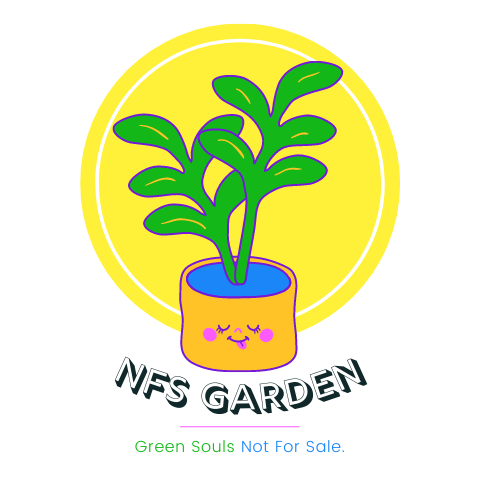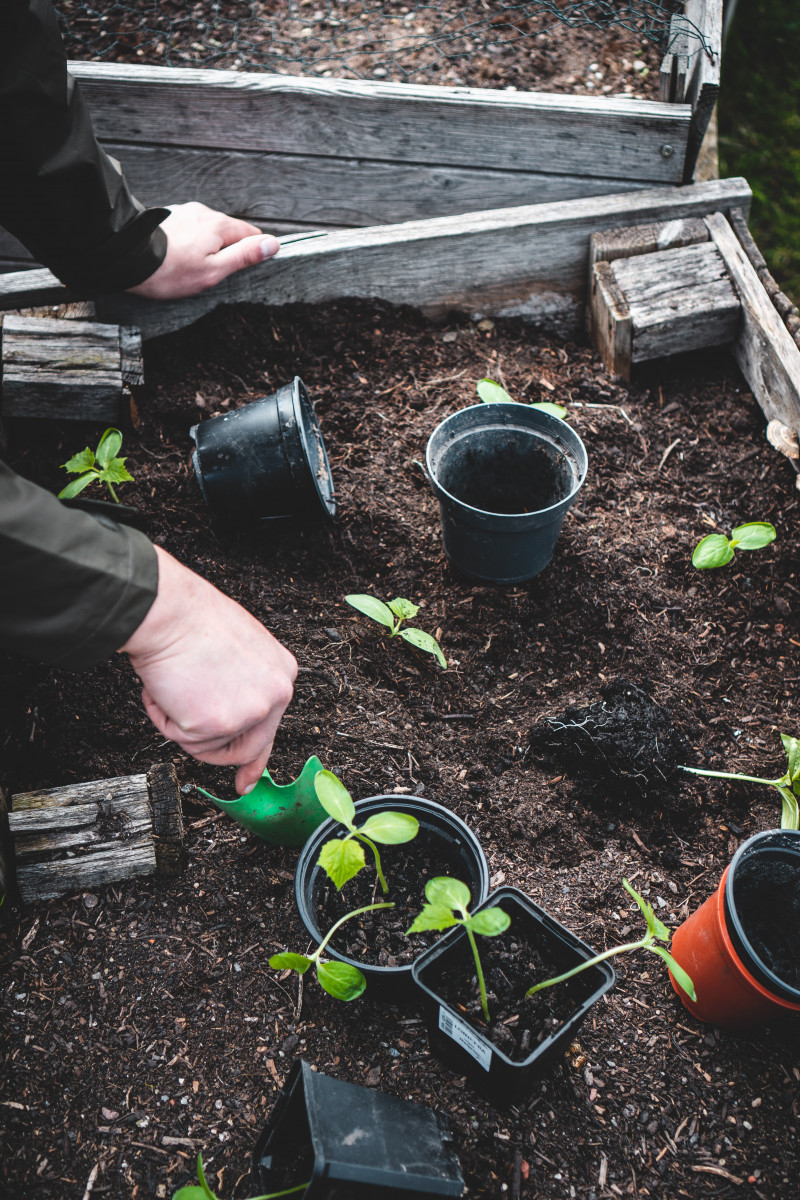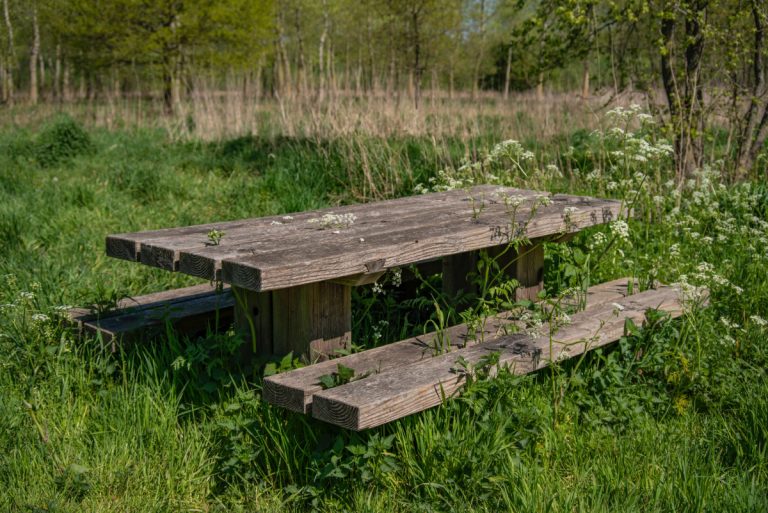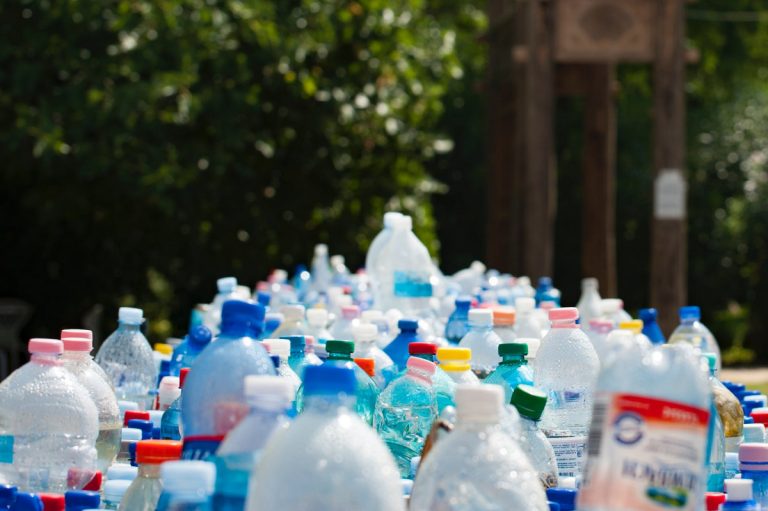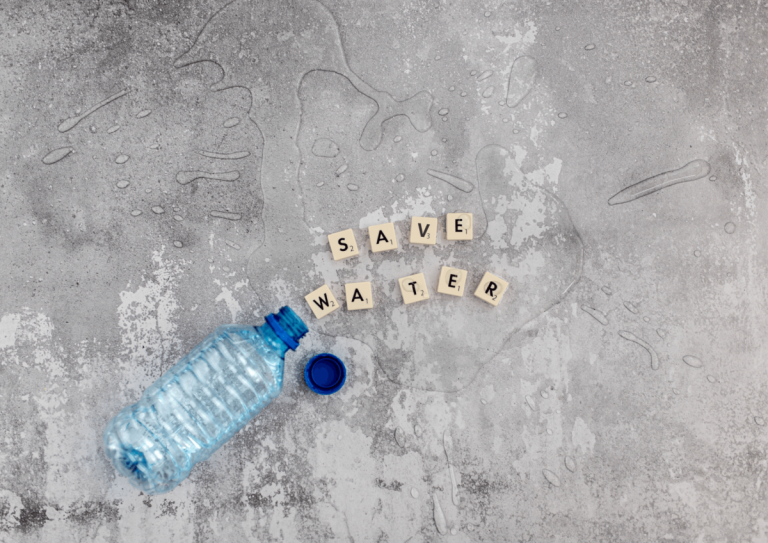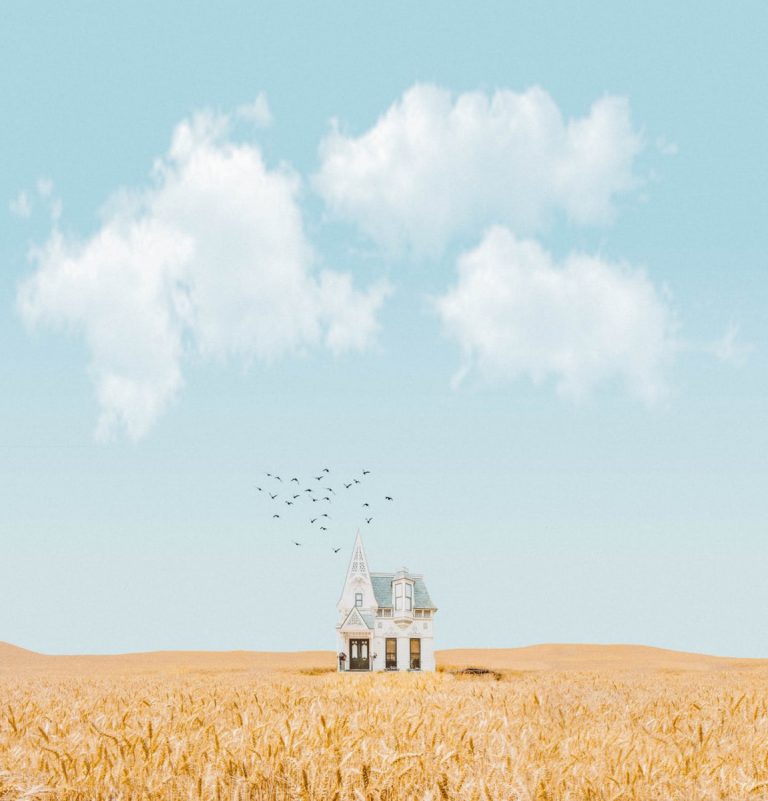How to Choose Potting Soil? Beginner’s Guide To Planting Basics 2022
Are you going to get some potting soil for your plants? Perhaps you have certain questions you would like to find answers to. Look through the following questions and answers, most probably they will satisfy you:
✅ Best Book For Planting Beginners at Home
Informative and easy to read– It doesn’t feel like a purchase, so much as more of an investment – You can keep this book close at hand for regular plant care tips, as well as referencing it for ideas for future plants to possibly add to your plant collection.
Quick Navigation
What Is Potting Soil?
Potting soil is a man-made creation and greatly differs from natural garden soil. In fact, it’s even more efficient than the latter. Potting mixture is a blend of a number of ingredients crucial for providing plants with healthy growth. These mixtures may include various ingredients. However, there are three primary ingredients no potting earth can be effective without. These are:
- Sphagnum peat moss
- Composted tree bark
- Vermiculite or perlite.
The best potting soil for indoor plants and those planted in outdoor containers and garden beds should provide the ideal amount of nutrients, stability, air, and moisture so that the plants grow faster and healthier. Potting soil doesn’t compact easily. It is light and fluffy, it will provide plant roots with enough oxygen and air to develop optimally. Besides this, good quality potting mixture retains an excellent amount of water neither to mold or rot nor to get too dry for the roots to parch.
Additionally, it’s crucial to pay attention to the fertilizer type used.
- Starter Fertilizer
If the blend comes with a note that only a starter charge of fertilizer was included in the package, the fertilizer will suffice only for the first several times you water the plants. It’s used to help plants get through the first stages of growth, yet, you’ll have to add the necessary amount of fertilizer to boost the growth of your plants.
- Slow Release Fertilizer
Once the package of potting soil says it includes “slow release” fertilizer in its composition, it signifies there is enough fertilizer to last for around a month. You still have to add your own fertilizer to make the earth really efficient.
Additionally, the matter potting mix vs potting soil doesn’t have any sense, as these two mixtures are in fact the same.
How To Choose The Right Potting Soil?
The purpose of potting soil is to deliver enough water and nutrients to the plant thus supporting its efficient growth. It is much like the native earth of the plant yet with more ingredients and additions, as well as fertilizers for enriching the composition of the mixture sold. Here are the main aspects to take into consideration when making a choice.
- Moisture and Nutrient Retention
No plant can grow well without essential nutrients and water. Hence, before you pay for any product, whether organic or not, make certain it has good water and nutrient retaining properties. Look into the list of ingredients and if you find peat moss, it will mean the potting mixture guarantees decent moisture and nutrient retention.
- Characteristics of Potting Soils
We can differentiate two major types of potting soil that characterize its quality – organic and non-organic. Organic potting soil for orchids and other plants is usually heavier, made of exceptionally organic matter, and can be reused in many cases as it excellently retains nutritional properties. A non-organic potting mixture is lighter and more affordable. It is made from industrial-made ingredients and loses the nutritional value over time.
- Air Circulation
Decent air circulation is another important aspect for plants to grow well. If the potting soil is fluffy and light, the air will circulate well in it and reach the plant’s roots. A quality potting mixture doesn’t get too dense when watered. Otherwise, mold in potting soil will appear and smother the plant.
- Density
The density of potting soil should be neither too loose not too tight. To check it, just pock it with your fingers and find out if there’s enough flexibility in the earth. Another means of checking the appropriate density of a mixture is lifting it. If the bag is heavier than it should, it means it’s full of mulch, sand, and other fillers. Your plant may grow its roots very hard in such dirt.
- Fungal Growth on Potting Soil
Fungi and mold are always present in every organic gardening mix. Some gardeners consider the white mold is beneficial for the plants to grow as it creates a perfect “natural” environment for them. However, it may not look pretty especially when it appears in flower pots. If it appears in potting soil, that may signify about the lack of air circulation, sunlight, and moisture. Pay attention to any fungi or mold appearing around your plants as they will compete with the plants for nutrition.
Interesting Facts about Potting Soil
- Soil should consist of 45% minerals, 25% air, 25% water, and 5% organic matter to provide good plant growth.
- To build your own homemade potting soil, mix equal parts of loam, peat moss, coarse builder’s sand or perlite.
- Unless stated otherwise on the bag, potting mixture comes with little or no fertilizer. Gardeners have to add the fertilizer after planting.
- Organic potting soil may include such ingredients as sawdust, alfalfa, vermiculite, newspaper, and even clay.
- There might be cases when you open the bag of such blend and see mold growing on the medium surface.
How To Do Maintenance Of Your Potting Soil?
Buying Lowes potting soil or any other similar product is a necessity as garden and yard dirt contains harmful fungal diseases, insects, weed seeds, etc. Blends by leading brands contain everything necessary for plants to grow healthily in containers. However, certain maintenance is still required. In case of mild weather, containers with this mixtures must be watered once a week. In summers, more watering will be required (once a day). Remember to always water not the flowers or leaves, but the soil in the pot. Otherwise, a fungal disease may occur in it.
Additionally, not all blends come with enough fertilizer. Besides, every time you water the soil, you flush the nutrients out of it. Make sure you add enough soluble fertilizers from time to time (once in a few weeks will be enough).
What Are Some Prerequisites For Using Potting Soil?
Being a beginner at gardening, it’s crucial to learn about some prerequisites. For instance, if your container is very large, choose a place not to move it often later. A good container must have holes for drainage (if it doesn’t drill them yourself) as it helps to avoid over-watering the plant. To find out whether the earth is moist enough or not, put your finger into it and water the soil only if it feels dry at your fingertip. Problems that occurred in the case of over-watering and under-watering are identical – the leaves of the plant turn yellow or even fall off. When watering a pot of plants, make certain the whole earth is soaked in water. And always remember the differences between potting soil vs garden soil when the need for fertilizing the soil occurs.
What is the Difference Between Garden Soil, Manure Products, and Mulch?
Depending on the type of plants and where you want to plant them, you may need garden soil, a manure product, or mulch. Garden earth includes compost and manure. It can be found in any garden or yard and is not so sufficient in making plants grow.
Properly processed manure products are perfect organic fertilizers containing phosphorus, nitrogen, and other nutrients. They significantly improve the structure of the soil, aeration, water filtration, the moisture-holding capacity.
Such products are considered mulch as shredded yard waste, wood chips, bark, and sawdust. It is applied to the earth in order to reduce moisture loss through evaporation, provide shade, and discourage weeds.
How Can I Make my Potting Soil Drain Better?
If you find the best potting soil for vegetables you have bought doesn’t provide enough drainage, you can add perlite, coarse sand, or vermiculite. Make certain there are enough holes at the bottom of your pot. Additionally, after watering the soil, let the water soak into it for a few minutes and then tilt the pot sideways to let the excess water out.
What Is the Difference between Top Soil and Potting Soil?
Topsoil, or otherwise known as garden soil, is actually dirt, clay, or sand mixed with such organic materials as composted manure, fungus, and bacteria. It holds much water, so is very heavy, and dense.
Potting soil, meanwhile, is actually “soil-less”. It’s a mixture of peat moss, and other organic (or non-organic) materials such as composted sawdust, fertilizers, etc. This type of blend is fluffy, airy, and light. It makes the water drain easily and lacks any diseases or weed seeds.
When considering topsoil vs potting soil matter, it’s important to remember what areas and plants each of them is best for. Topsoil is used in the yards, lawns, and patios, which are great for trees and shrubs. A potting mixture, in the meantime, is best for growing various plants such as herbs, flowers, and vegetables in containers.
What Type of Soil Is Best for Indoor Plants?
Potting soil is the best option for growing plants indoors. These mixes are pH balanced, made with reed or sedge peat, richly fertilized, and enhanced with water-retention crystals.
How Many Quarts in 2 cu ft of Potting Soil?
One cubic foot is about 25,75 dry quarts. Hence, a bag of 2 cubic feet of potting soil will be approximately 51,5 quarts.
Organic or Non-Organic Potting Soil?
When choosing potting soil for your plants, it’s crucial to find out whether you need an organic blend or can get along with a non-organic variant. Organic option is a blend of organic-based matter (seaweed, compost, mushroom compost, manure, and others), contains contaminants, is pH balanced and thoroughly free from chemicals.
A non-organic mixture is a combination of three major ingredients. These are bark, peat, and perlite. There’s also an addition of recycled products like Styrofoam in the earth, and it is sold much cheaper.
How Long Does Potting Soil Last?
This depends on whether the soil is in use or not. Used potting soil must be replaced once a year, as, after a year, it becomes inefficient for the plants. Any unused mixture, meanwhile, lasts even less till it starts degrading in quality – roughly six months.
What Is the Difference Between Potting Soil and Potting Mix?
There’s absolutely no difference between potting soil and potting mix – both of them don’t contain any natural earth. Instead, they are mixtures of sand, peat moss, perlite, vermiculite, finely ground bark, and other useful materials for plants’ healthy growth.
How Much Potting Soil Do I Need?
How much potting soil you need depends on the size of your canister. There are calculators online which allow detecting the exact amount of blend necessary. By entering the measurements of the pot, as well as its shape, you can learn what you need. For example, an 8-inch pot requires around 3 quarts of potting soil.
What to Do with Used Potting Soil?
Used potting soil can be revitalized for re-use. Cut it with 50% new potting soil, apply some fertilizer and reuse it for your new plants in containers. If you still doubt if it will be safe for your plants, work the old mixture into vegetable gardens, flower beds, or use it to fill up those ugly holes in your yard.
How to Make Potting Soil with Topsoil?
If you want to make potting soil yourself, mix one part of topsoil or garden loam, one part of mature compost or peat moss, and one part of perlite or clean builder’s sand. To enhance the homemade blend, you can add slow-release organic fertilizer to it.
How to Store Potting Soil over Winter?
For this, you will need a plastic storage tub cleaned with household bleach beforehand. After cleaning, let the container dry completely (you can use a clean cloth to reduce any drops left), seal the open packages of the mixture with clear tape, and put them into the tub. You can also just pour the earth into it. After this, close the tub with its lid and seal it in place. The tub should be stored in a dry place (shed garage or basement, for instance).
===> Find Even More Related Good Ideas ===>
Other Garden Enthusiast Are Reading:
✅ Trending
- Best Ultrasonic Pest Repeller Review 2022 (For Outdoor/Electronic/Purizzy/Maxmoxie/Bed Bugs)
- All You Need To Know Before Your Garden Sprayer Purchase: The Essential And Convenient Plant Maintenance Tool FAQs 2022
- Top 10 Garden Sprayer Reviewed For Pros And All 2022: Find Your Best Fit And Maintain Your Garden At Ease
✅ Outdoor Garden Design And Tips
- What Is A Backyard Natural Swimming Pool?
- Tips For Drought Season – 7 Essential Practice You Must Do For Survival 2022
- 3 Different Types Of Popular Outdoor Garden Lights 2022
✅ Indoor Design And Tips
- The Loud And Clear Reminder To Get House Insurance 2022
- The Best Mosquito Trap 2022 Reviewed: Keeping Pests At Bay By Baiting Them According To Your Needs
- Why Buying A Home Could Make All The Difference
✅ Even More Great Products
- How To Get Rid Of Bed Bugs At Home With Bed Bug Killer 2022: Fast And Permanent Solutions
- Best 10 Herbicide Of 2022 For Maintaining A Clean & Healthy Yard Reviewed
- Everything You Need To Know About Garden Tiller 2022: Selection And Safety Tips For Easy Seeding And Soil Cultivating
✅ Sustainable Lifestyle Products And Tips
